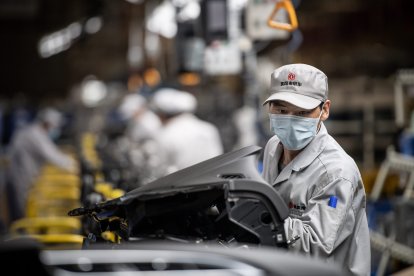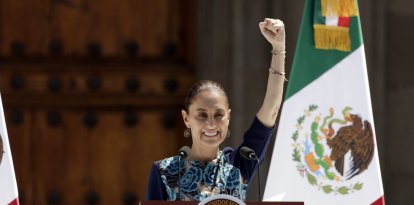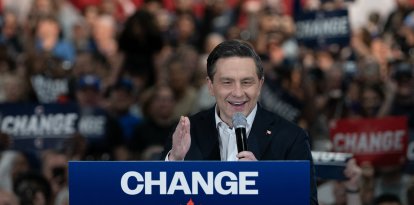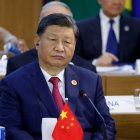Facing slowdown crisis, China seeks to revive its economy by 2025
At its annual congress, the country made it clear that the trade war with the United States has left uncertainty over China's economy in the coming months.

Automobile factory in Wuhan, China
China concluded its biggest political event of the year Tuesday. A recurring theme throughout the week of meetings was the possibility of finding strategies to revive economic growth in 2025.
The meeting that brought together the National People's Congress, which has nearly 3,000 members. The main theme was the need to boost investment and consumer spending in the country.
The socialist parliament voted unanimously to approve the government's annual work report, with 2,882 votes in favor, one vote against and one abstention. Similar votes were recorded to approve the budget and an amendment to the law on deputies to Congress, among other issues.
Although no emerging measures were dictated, the event evidenced that the escalating trade war with the United States has left uncertainty about China's economy in the coming months.
Congress announced an economic growth target of "around 5%" for this 2025. But analysts said it would be difficult to reach that level with the measures detailed during the seven days of discussions.
Among the policies discussed to reverse the slowdown China's economy is experiencing were reports of more loans for a range of initiatives, such as providing 300 billion yuan (roughly $41.3 billion) in rebates to consumers who trade in their old cars and appliances for new ones.
Advances will also be earmarked to support the real estate market and debt-burdened local governments as a priority, they said.
Private companies will also have access to a larger proportion of loans than before, and financing for private companies obtained through bond issues will be expanded, said Chinese Premier Li Qiang in the congressional work report.
The ambitious 5% growth target signaled to analysts that there could be more stimulus in the future. That was the same target in 2024, where a number of initiatives to reach the goal emerged at the end of the year.
China looks to expand in 2025
Although China has diversified its export markets in recent years, the United States remains one of its strongest trading partners.
Added to this, the tariff war unleashed by U.S. President Donald Trump is exacerbating the country's existing problems. The U.S. has raised tariffs on imports from China twice since the new administration took office in January.
At stake is the health of the world's second largest economy, and according to China, it "have the tools to deal with the situation." Analysts do not see this as quite so clear.
RECOMMENDATION






















